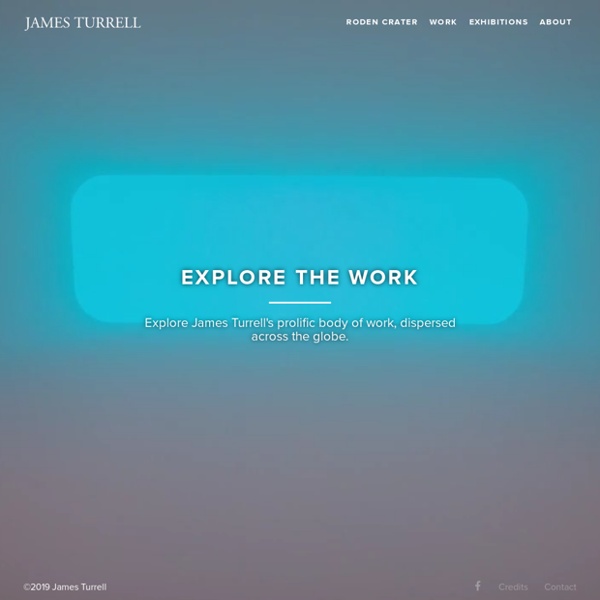



E. V. DAY Pierre Huyghe at Centre Pompidou, Paris / MOUSSE CONTEMPORARY ART MAGAZINE If you walk to the Centre Pompidou in Paris from the direction of the Seine, you will most likely end up in a little public square that stretches between the Beaubourg and the church of Saint-Merri: Place Igor Stravinsky. Here, in a shallow basin measuring 580 square meters, sixteen sculptures made in 1983 by Jean Tinguely and Niki de Saint Phalle entertain onlookers with their entirely whimsical demeanor, surfing along and spraying water at each other. The bright colors of the kinetic statues, the joy and lightheartedness of their movements, make the whole composition look like a sculptural spin-off of Disney’s Fantasia. But it wouldn’t have seemed so remarkably flawless had the administrators followed the original instructions left by Tinguely, who never wanted the water in the basin to be treated, as he preferred that moss eventually be allowed to grow (this did not happen, and the sculptures today looks almost identical to when they were unveiled exactly 30 years ago).
Studio Dennis Parren Flong - Interactive Art by Golan Levin and Collaborators Pawel Kuczynski - Strona główna / Home Tous les articles Appel à candidature Prix de l’ACEtylène 2017 15 mai 2017 | bureau ACE Règlement Prix de l’ACEtylène_2017 Prix-ACEtylene-2017 Communiqué de Presse_Prix ACEtylène 2017 Lire plus Le deuxième Atelier Lumière ACE & AFE a eu lieu lieu le jeudi 30 mars à la base sous-marine de Bordeaux 27 avril 2017 | bureau ACE Cet atelier organisé par l’ACE et l’AFE fut un moment unique pour découvrir la lumière en la manipulant. Lire plus Art as an immersive experience – Lighting design workshop and seminar in the Art History Museum in Vienna, 20. – 22. 27 mars 2017 | bureau ACE Un workshop suivi d’un séminaire aura lieu du 20 au 22 juin à Vienne avec pour thématique l’éclairage des œuvres d’art. en savoir plus : workshop&séminaire_ juin 2017_Vienne Lire plus PLDC 2017 : participez au concours sur l’avenir de l’éclairage urbain 17 mars 2017 | bureau ACE Lire plus Prix de l’ACEtylène 2016 20 octobre 2016 | bureau ACE Lire plus 14 septembre 2016 | bureau ACE Lire plus 12 septembre 2016 | bureau ACE Lire plus Lire plus
OBRAS DEL PINTOR VANGUARDISTA MONDRIAN Mondrian, Composition #4 Mondrian, Tableau 11 1921-5 Mondrian, Composition in black, white & red (#9) 1939-42 Mondrian, New York City 1942 Mondrian, Composition With Red, Yellow, & Blue 1921 Mondrian, Composition With Grey & Light-Brown 1918 Mondrian, Composition 10 1942 Mondrian, Composition 1 1930 Mondrian, Blue Rose 1922 Mondrian, Tavola I, composizione con rosso, nero, blu e giallo 1921 Mondrian, Tableau x Mondrian, Plus & Minus 1915f Mondrian, Pier & Ocean 1915 Mondrian, New York City Mondrian, Compozitie cu joc de sah in culori inchise1919 Mondrian, Composition Mondrian, Composition With Color Panes & Gray Lines 1918 Mondrian, Composition No. Mondrian, Composition in Mondrian, Composition #12 Mondrian, Composition #8 Mondrian, Composition #8 1935 Mondrian, Broadway boogie woogie 1942 Mondrian, Besset71 Mondrian self-portrait 1918 Mondrian Composition with Gray & Light Brown 1918 Mondrian, Victory boogie 1942 Mondrian, Composition in black, white & red Mondrian, Self-portrait
Un artiste transpose nos émotions en faisceaux lumineux Se réclamant de l’expérience audiovisuelle et émotionnelle, l’installation AURA matérialise les émotions de ses visiteurs en formes physiques presque palpables. Utiliser la lumière comme un medium vecteur d’émotions pures, tel était l’objectif de l’artiste Nick Verstand. Présentée lors de la Dutch Design Week, l’installation AURA retranscrivait l’expérience émotionnelle de son auditoire sous la forme de compositions lumineuses irradiantes, aux couleurs et aux intensités différentes. Développée en collaboration avec l’Organisation néerlandaises pour la recherche scientifique appliquée, l’expérience munissait chaque visiteur de biocapteurs portables censés enregistrer leurs ondes cérébrales, la variabilité de leur fréquence cardiaque ainsi que la réponse galvanique de leur épiderme (l’activité électrique enregistrée à la surface de la peau). « AURA explore la façon dont le processus de perception influence la compréhension de soi et des autres. Margaux Dussert - Le 27 nov. 2017
Bill Bass - home page Anny Wang Ai Weiwei sans titre Introduction A while ago, I found something entitled Biomorphs, which appeared to be a bunch of random drawings created by some sort of computer program. I began investigating this a bit further, and found out this was actually the result of running a popular AI type program, which is carrying out an algorithm described by Richard Dawkins from his "The Blind Watchman" book, entitled BIOMORPHS. Dawkins investigated the possibilities inherent in just the combination of mutation and selection, when combined with a very powerful development (decoding) process. This is basically a recursive algorithm that has some genes and uses some mutation and some random selection. Dawkins Basic System The phenotypes (how it looks) in Dawkins system were essentially branching tree structures. The basic system has nine genes, controlling things like: angle of branching depth of branching number of lines etc. etc. It makes use of a recursive algorithm to carry out the drawing; this is shown below: Class Design
Jim Campbell